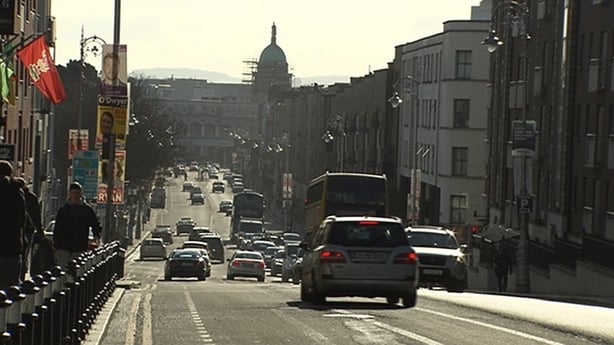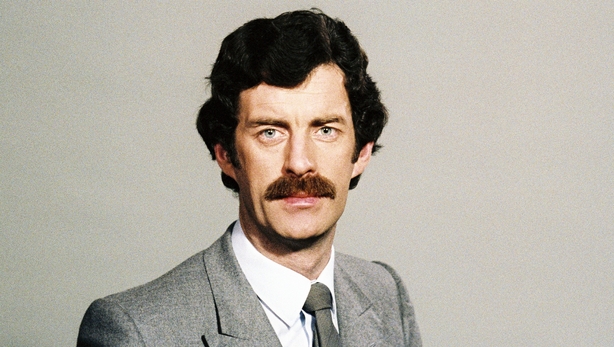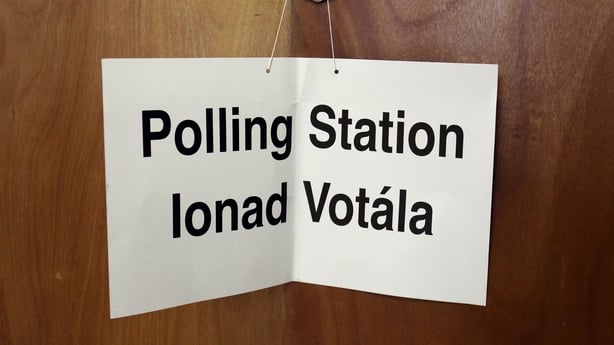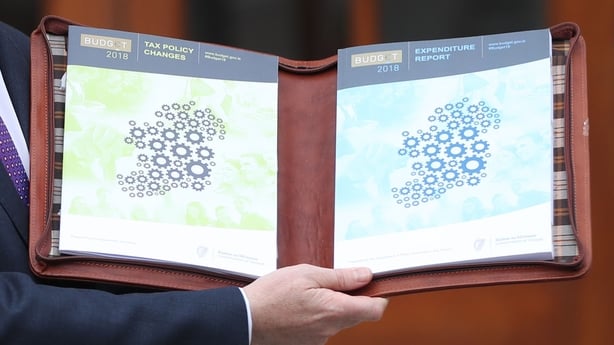With a ballot box in one hand and a Turkey in the other, Ireland is on the brink of a Christmas election.
As the nation woke up to news of Fianna Fáil tabling a no confidence motion in the Tánaiste on Black Friday, there were warnings of black ice on the roads.
It may be "the election that nobody wants" but we could slip into the first winter election since November 1992.
Familiar battle lines

Last June the Constituency Commission report recommended increasing the number of TDs from 158 to 160, along with some changes to constituency boundaries across the country.
The independent commission examined the latest census information before announcing its recommendations.
If Ireland does slide into an unexpected election, it will be fought under the same conditions as last year’s poll.
Legislation on implementing the recommendations of the most recent boundary commission has not yet come before Cabinet.
So if the 32nd Dáil is dissolved in the coming days, it will not have had time to rubber-stamp the commission’s recommendations and the old rules will apply.
So what does this mean? Party strategists will have been targeting seat gains in constituencies where changes were afoot. But all of that planning goes out the window if this snap election occurs.
Dublin Central was due to increase to a four-seater, where Fianna Fáil would have been expecting to have a good chance of taking back a seat in Bertie Ahern’s old stomping ground.
Some population from Dublin North West was due to be transferred into Dublin Central meaning that Fine Gael TD Noel Rock had worried that he was losing 20% of his voters "at the stroke of a pen". An election under the old rules will help Deputy Rock.
Elsewhere, an area with a population of almost 4,000 was due to transfer from Meath East into Cavan-Monaghan.
This would have taken away from Fine Gael TD Helen McEntee and Fianna Fáil’s Thomas Byrne in the three-seat Meath East constituency.
Cavan-Monaghan would have been boosted from a four-seat to a five-seat constituency but this will now not happen.
Another example of a proposed change was the transfer of over 1,500 from the Glencullen area of Dublin Rathdown into the Dún Laoghaire constituency.
This may have negatively affected transport minister Shane Ross but this will not now be the case. There are examples all over the country of political goal posts not moving as a result of a snap election being called.
The 'Spring Tide' actually arrived in winter

There is a widely held view that turnout will be low if there is a December election.
Politicians and their campaign teams will dread going out on the canvass trail in dark evenings and cold weather.
But the highest ever turnout for an Irish general election was in January 1924 when there was an 80.4% turnout. The lowest was the previous year when just 59% turned out for the August 1923 election.
There were of course more reasons than the weather back then.
In more modern times, there was a 67% turnout at the November 1992 election.
The last two general elections have taken place in February, which is not renowned for its balmy weather.
The turnout was 69% in the landmark 2011 election and 65% last year. The lowest turnout in the last 25 years came in 2002 when there was a 61% turnout. That election was in May.
Perhaps we should not always draw a direct correlation between turnout and the month polling takes place.
Contrary to its name, it was actually in a winter election that we witnessed ‘the Spring tide’ back in 1992.
Parties on an election footing

Fine Gael TDs who are part of Leo Varadkar’s inner circle, such as Eoghan Murphy and Jim Daly, were happy to be pictured out canvassing support in their constituencies this weekend.
Was this a less than subtle message to show Fianna Fáil the seriousness of their threat to go to the country? Or has the campaign begun in all but name?
There is anecdotal evidence that prominent printing companies have started printing election posters this weekend with orders coming in from politicians on all sides.
Another indicator that this is getting serious involves the printing services in Leinster House.
Elected representatives are entitled to print some letters, leaflets, newsletters and other documents at the taxpayers’ expense in Leinster House.
When a Dáil is dissolved they are automatically denied access to this service. But there have been suggestions this weekend that floods of orders for various newsletters and the likes have already been placed and others will be placed ahead of a snap election being called.
When will polling day be?

Speaking to Sharon Ní Bheoláin on the Six-One news on Friday, Taoiseach Leo Varadkar indicated that if the country were to go to the polls, "it would be better to have it done before Christmas".
Under the legislation that lays out the rules for elections, polling must take place within 18 to 25 days – excluding Sundays and Bank Holidays – of the Dáil being dissolved.
So if a compromise is not reached between the Taoiseach and the Fianna Fáil leader Mícheál Martin, by Tuesday, the earliest an election could be held is Monday 18 December.
But the most likely dates for polling are 19 or 20 December.
It should not be forgotten that the epic count in Longford-Westmeath last year lasted six days.
If counting were to start on 20 or 21 December, who knows when such an epic count might finish?
Matters outstanding…

Government ministers have been eager to point out that three pieces of important legislation associated with Budget 2018 have yet to pass through the Oireachtas.
The Finance Bill has passed in the Dáil but it has yet to pass through the Seanad.
The Public Service Pay and Pensions Bill is needed to restore public sector pay.
That’s on the finance side, but it is one of the most contentious social issues for generations that could be most affected.
The 22 TDs and Senators on the Oireachtas Committee on the Eighth Amendment of the Constitution have sat on ten occasions and heard complex testimony from an array of witnesses.
The dissolution of the Dáil would see the simultaneous dissolution of all Oireachtas Committees.
Where would that leave the huge amount of work the Committee on the Eighth had got through? And where would it leave the abortion debate?







